
Click image to zoom.
Double click image to zoom.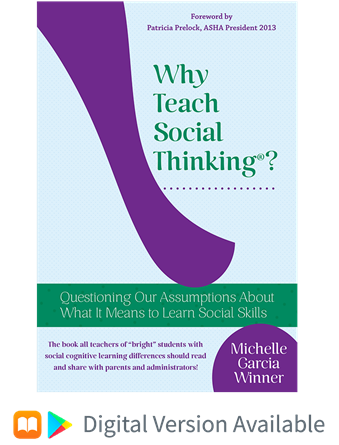

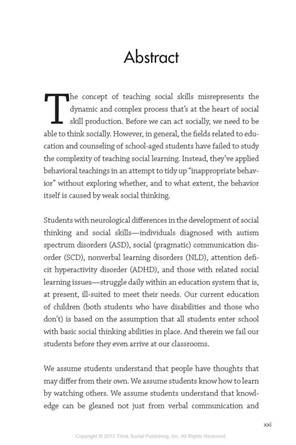
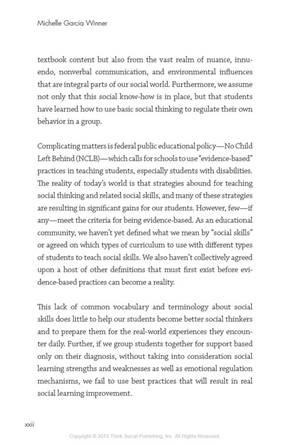
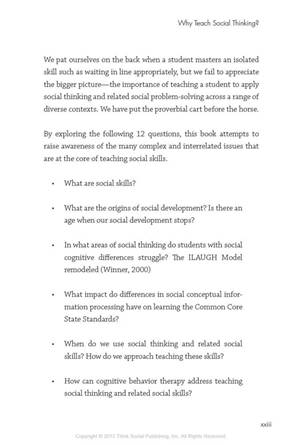
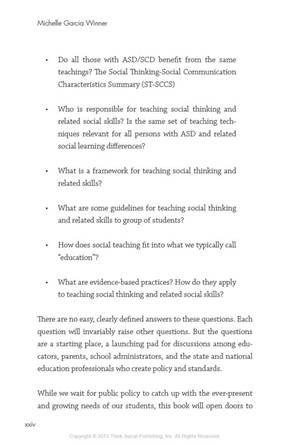

- Ages: 4+
- Pages: 278
- Format: Paperback
- ISBN: 9781936943135
- Published: 2013
Description
Digital version must be purchased separately—only on Apple Books and Google Play.
As you read this book, further your learning with the free study guide!
Today's children (both neurotypically developing and those with social thinking needs or social emotional learning differences and/or challenges) are entering school with struggles to learn in a group, attend to a lesson, consider one another’s perspectives, or self-regulate their own behavior. Teachers are increasingly finding themselves ill-equipped with the know-how, tools, and strategies to teach students about social awareness, emotional intelligence, and self-regulation of behavior.
Why Teach Social Thinking? emphasizes the importance of social emotional learning to a student's academic success and later well-being and success in life.
This book uses core questions to explore the complex and interrelated issues that are at the heart of teaching social learning including, “What are social skills?”
- What are the origins of social development? Is there an age when our social development stops?
- What areas do students with social cognitive differences and and social learning needs find most difficult? Includes a review of the ILAUGH model which breaks down the components of social cognition to help assess and build social competencies.
- When a person struggles with social metacognition, how does that impact academics?
- When do we use social thinking and how do we teach it?
- How can social-metacognition based teaching help to teach social thinking concepts?
- Are social learners all the same?
- Who is responsible for teaching social thinking and related social concepts and strategies?
- What is a framework for teaching concepts and strategies from the Social Thinking Methodology?
- What are guidelines for teaching concepts and strategies from the Social Thinking Methodology?
- How does social teaching fit into what we typically call "education"?
- What are evidence-based practices? How do they apply to teaching social thinking concepts?
Special Features
- Why Teach Social Thinking? includes an introduction to the Social Thinking Vocabulary, terms that establish a common language for adults and students of all ages to talk about and explore social concepts.
- The book outlines the Social Thinking-Social Communication/Characteristics Summary (ST-SCS), a system that helps parents and educators define and better understand different social learning styles.
- School educators who are interested in promoting concepts from the Social Thinking Methodology can use it to reinforce the idea that social thinking is something we all do. It is not just for students with social or emotional learning needs.
- At the college/university level, the questions in the book can be a springboard for graduate and post-graduate level classroom discussions. The free Study Guide further enhances learning and discussion.
- Policy makers/program planners can use the questions and Study Guide for round-table discussions about teaching social skills within an education and/or treatment setting.
- Chapter 11 discusses 14 best-practice guidelines for teaching Social Thinking.
"This is a great foundational book for parents, teachers, service providers, and administrators”—from the foreword by Dr. Patricia Prelock, 2013 President, American Speech, Language, and Hearing Association (ASHA).






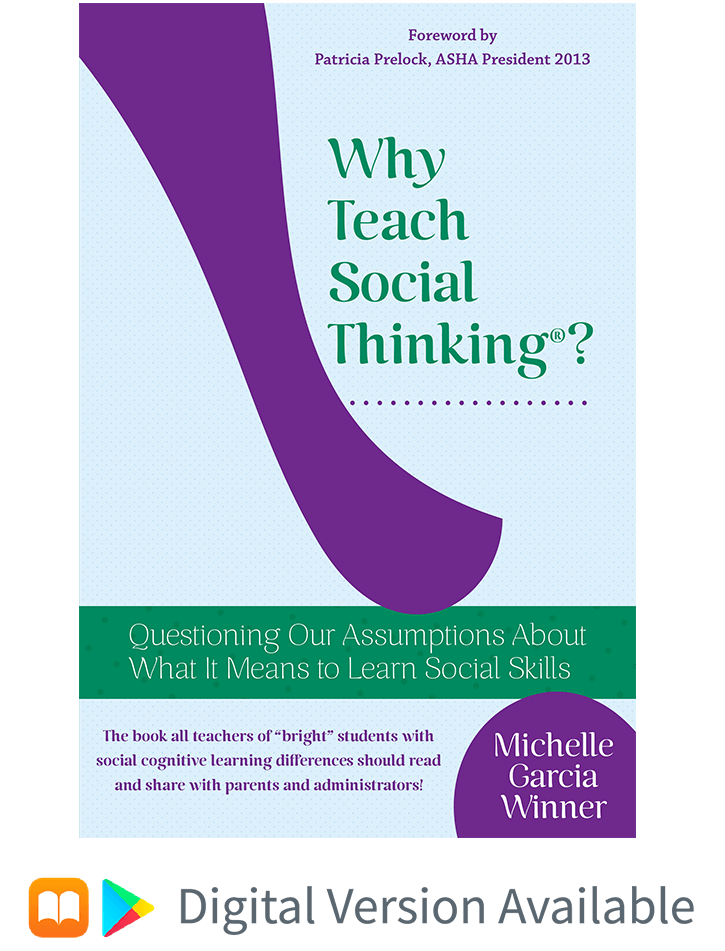
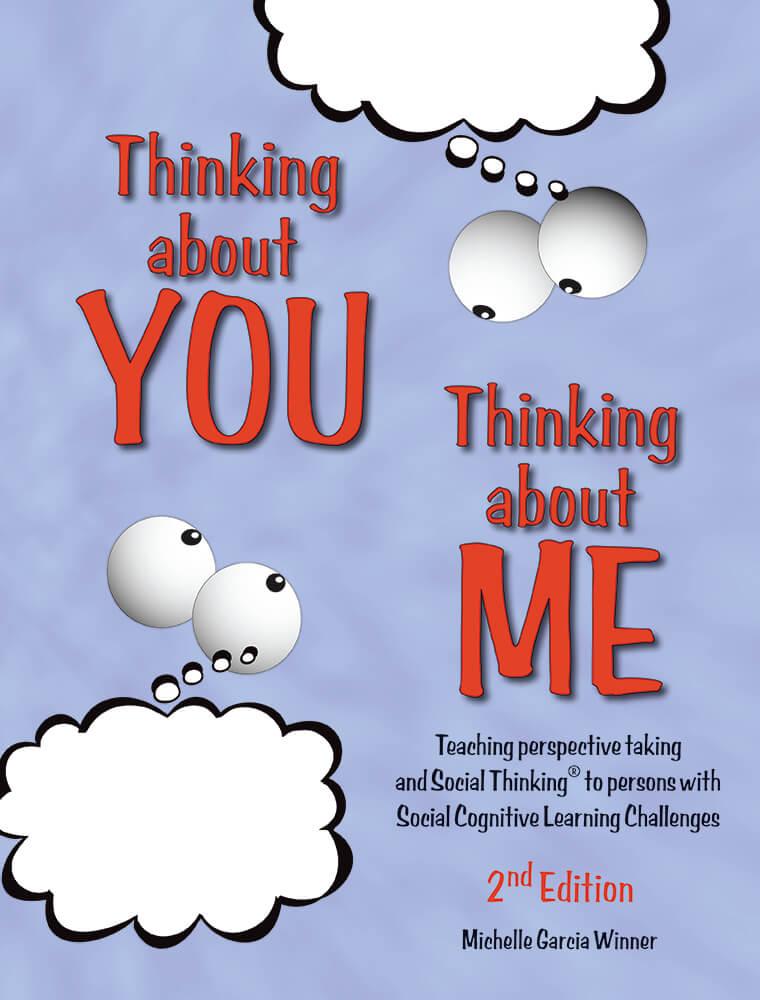

Why Teach Social Thinking?
Tell us something good!
There was a problem adding this comment. Plaease try later.
Please log in